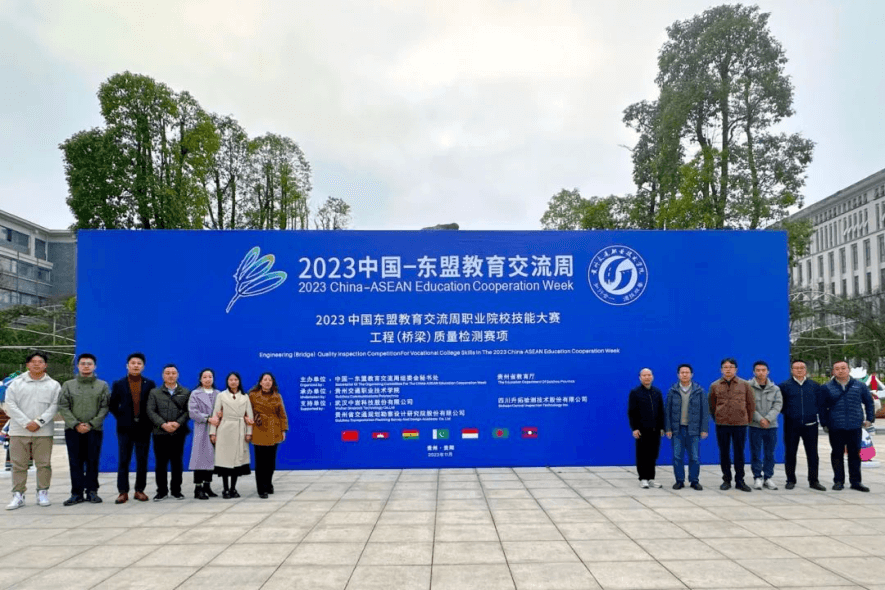ACFM wind power inspection robot - Intelligent application of ACFM technology
1 Inspection background:
With the rapid development of the wind power industry, China has become one of the countries with the largest installed capacity in the world, and the newly installed capacity continues to rank first. With the surge in the number of operating units and the increase in operating years, the operating state of each component of wind turbine is difficult to be guaranteed.
As the core key component of wind turbine, wind turbine tower plays the role of main support and stress bearing, which plays a crucial role in the reliable and stable operation of wind turbine. However, due to the distribution characteristics of nature, most of the wind turbines are installed in desert Gobi, plateau hills and coastal shoals and other harsh environment areas. The main structure of the tower barrel is subjected to sand and dust encroachments, rain and snow frost and seawater corrosion and other natural damages throughout the year. In light cases, paint film damage occurs, corrosion falls off, and in heavy cases, welding seam cracking and uneven stress lead to tower toppling. It seriously affects the strength of the main structure of the tower and the safe operation of the wind turbine. Therefore, it is necessary to regularly maintain, overhaul and maintain basic equipment such as wind power towers.
2 Inspection status:
For the operation of wind power tower barrel, only manual operation is adopted, that is, through the form of hanging basket or spider man, operators carry equipment to complete high-altitude work. Due to the height of the wind power tower is nearly 100 meters, and is limited by the internal transportation space of the tower, the preliminary preparation work is extremely time-consuming, and the maintenance equipment and raw materials carried are limited, there are problems such as low efficiency, long construction period, high cost, and worker safety cannot be guaranteed, which can not meet the growing maintenance needs of China's wind power industry. In view of the problems existing in the traditional manual operation, it is urgent to adopt a new operation mode to ensure the safe, efficient and reliable maintenance of the tower.
The existing in-service inspection methods of wind power tower include visual inspection, ultrasonic inspection, X-ray inspection, magnetic particle inspection and eddy current inspection. Visual detection is the most convenient and fastest detection means in the detection of wind turbine equipment, and it is also the easiest detection method to realize. It mainly uses the vision of the eyes to check the surface condition of the equipment directly, and can also use auxiliary tools, instruments, etc., to carry out indirect inspection and inspection, such as observing the oil, corrosion, surface cracks, deformation and so on. At present, ultrasonic detection is widely used, which has the characteristics of good directivity, high penetration, accurate defect location, especially sensitive to cracks, interlayers, folding and other area shape defects, and the detection success rate is high. For example, the fatigue cracks produced by the high-strength bolts in the operation process of the unit are detected, and the defects such as porosity, inclusion and cracks produced in the manufacturing process of variable pitch bearings are detected, and the cracks in the ring welds of the tower barrel are detected. X-ray detection and magnetic particle detection are rarely used in actual service detection because of the complexity of the equipment used.
3 Test method:
Ac electromagnetic field detection (ACFM) technology is a non-contact non-destructive detection method based on the principle of electromagnetic induction. By analyzing the magnetic field distortion at the crack caused by the current generated in the probe, the defects can be detected and quantified.
4 Technical advantages:
1. Accurate quantification of defects;
2. There is no need for grinding during testing, avoiding the grinding work required by ordinary magnetic powder and penetration testing, and improving the detection efficiency;
3, fast detection speed, high efficiency;
4, no consumables, cost savings;
5, the test process data is stored in the equipment, can be recorded, traceable, easy to information management;
5 Typical applications:






